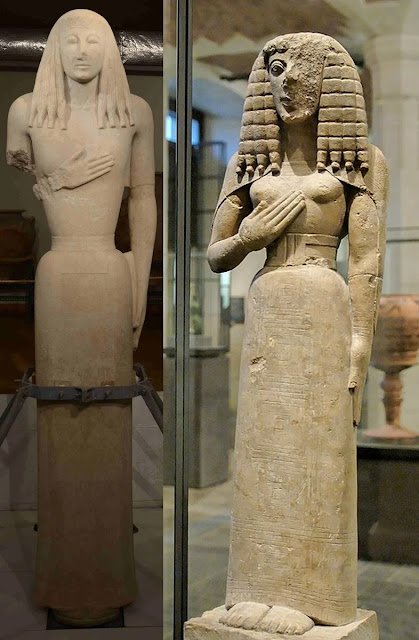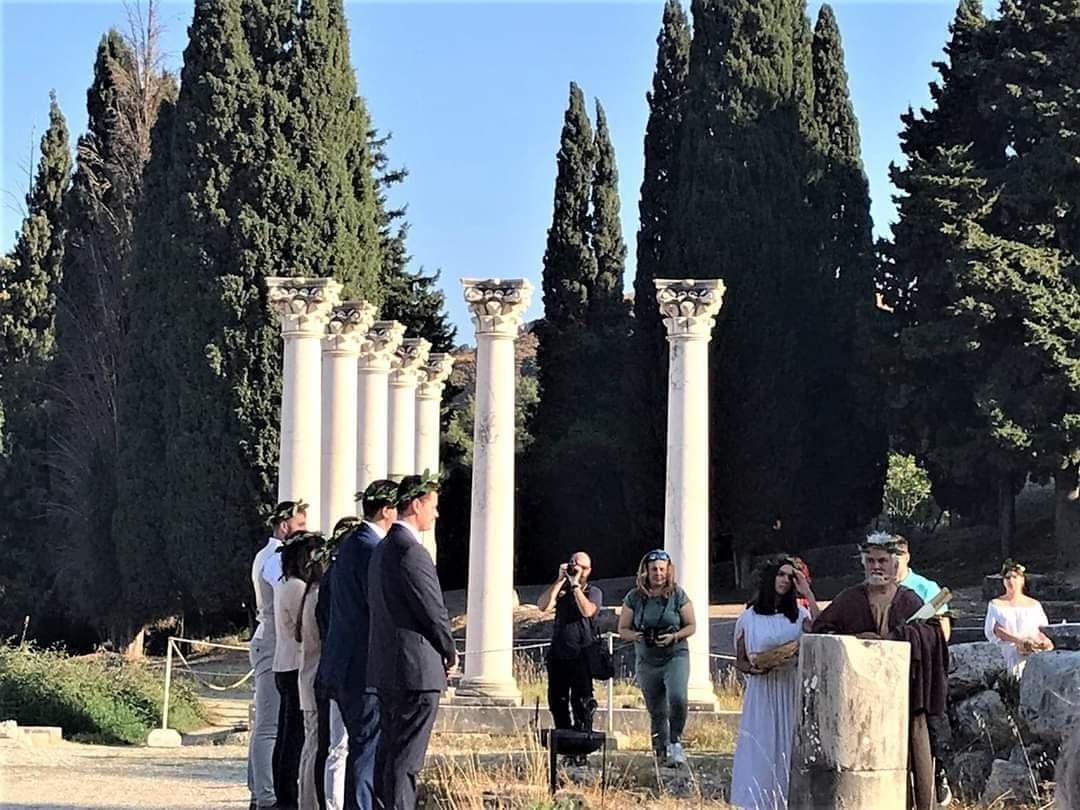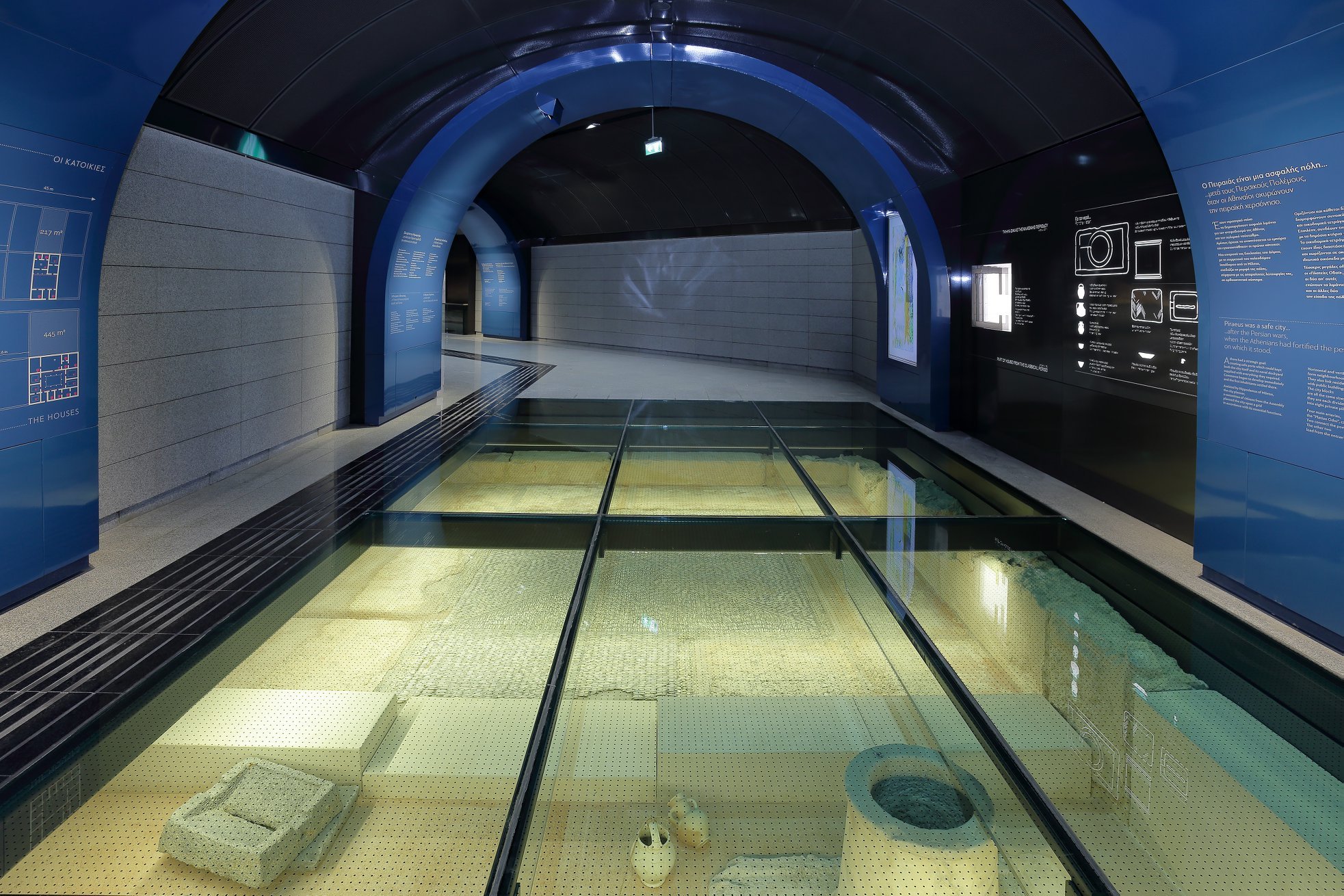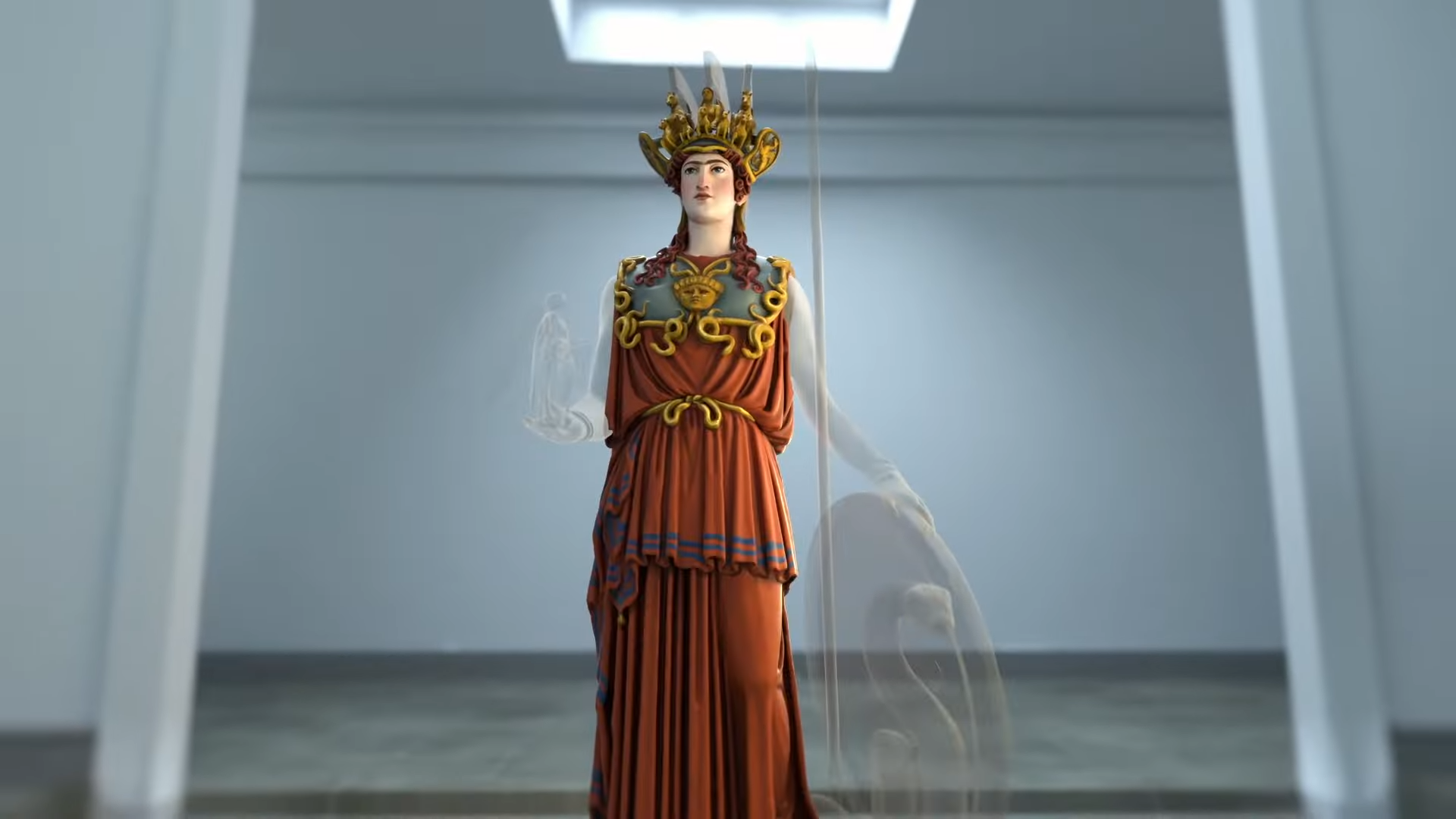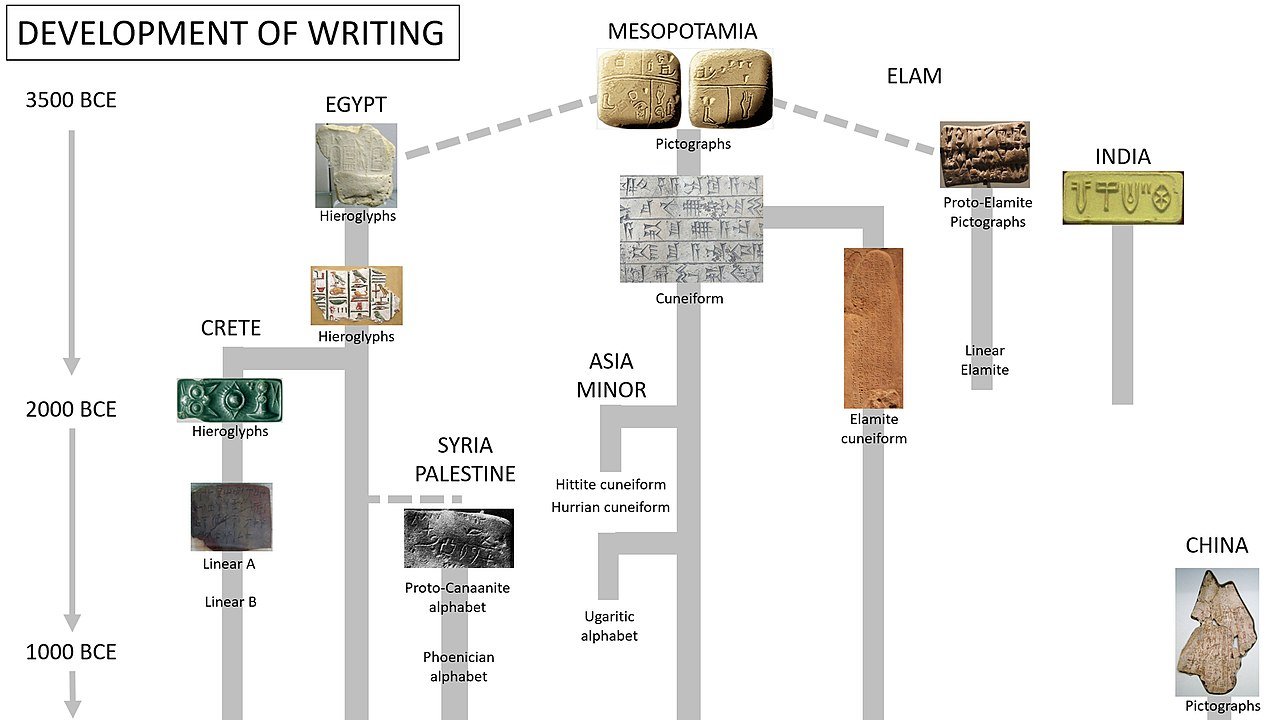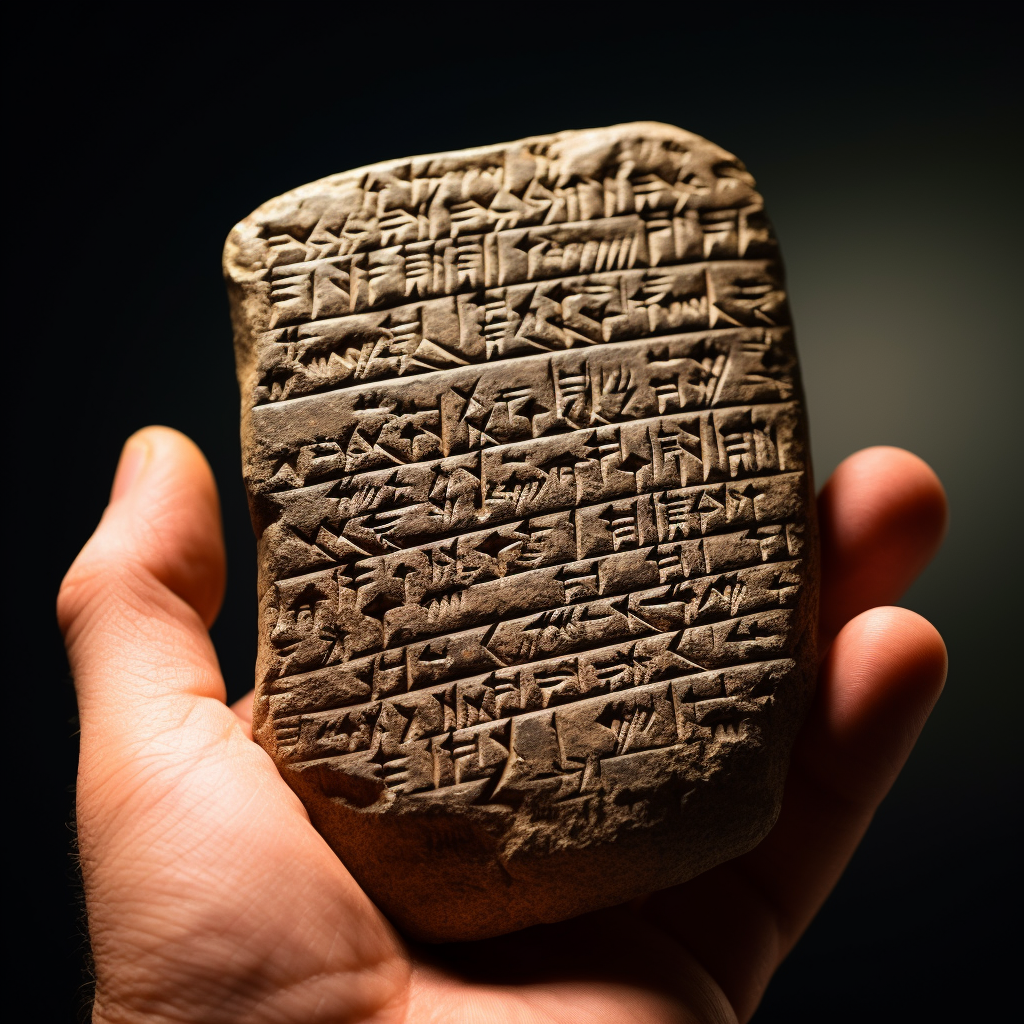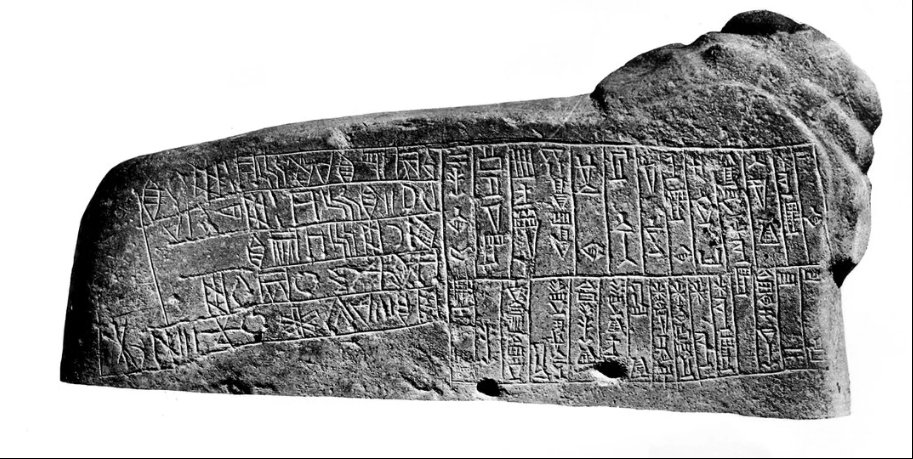The topic of eugenics has always been a controversial one and has drawn many critics. However, there is no doubt that it was significant in the development of Sparta. Let us look at the history of Eugenics in Sparta, the role it played in their society, and why it has remained such a contentious topic for so long.
WHAT WAS THE EUGENICS PROGRAM IN ANCIENT SPARTA?
Many Creek culture fans are curious about the brave heroes and want to know where their strength and power came from. It is where the eugenics program comes into play.
Eugenics is the study of how to improve the human race through artificial selection. It is an attempt to rid society of deformed or deformed individuals. Many nations have been doing it for a long time. The most famous example is ancient Sparta, where children who deviated from the norm were thrown into the abyss.
The eugenics program in ancient Sparta was a scheme designed to improve the genetic makeup of the Spartan population. It aimed to do this by selecting and breeding high-quality citizens while culling the population of lower-quality individuals.
The main principle behind the eugenics program was that people should be selected for their ability rather than their gene pool. This meant that people who were weak or unfit could be eliminated from the population without any feelings of guilt or regret. The goal was to create a society where only the best and strongest would survive and thrive.
During that time, it is estimated that around 2000 people were sterilized without their consent or knowledge. The motivations for the program were mainly economic. The Spartans believed that their superior genes would allow them to achieve greater things than other societies.
WHO IS THE FATHER OF EUGENICS IN ANCIENT SPARTA?
The man responsible for the ancient practice of eugenics in Sparta may have been Lycurgus. Lycurgus was a lawgiver and military general who rose to power in the late 8th century BC. As ruler of Sparta, he developed a unique social system that focused on segregation and class separation.
He believed that human beings were essentially different parts of animals, with some people inherently better than others due to their abilities or bloodlines. This ideology led him to implement policies such as forced marriage between members of different classes and strict birth control measures aimed at preventing poverty and inflaming racial tensions within Spartan society. These policies have been seen as precursors to modern-day eugenics movements, which focus on improving the genetic quality (fitness) of populations by reducing undesirable traits or genes.
WHAT WERE THE GOALS OF THE EUGENICS PROGRAM?
The eugenic program in ancient Sparta aimed to improve the population by selecting people who were deemed to be superior and eliminating those who were considered to be inferior. This was done through a variety of methods, including selective breeding, physical exams, and public executions.
The rationale for the eugenic program was based on the belief that those who were superior in various ways (such as intelligence or strength) should have more children than those who were inferior. The program was also intended to prevent the spread of disease and maintain the purity of bloodlines.
Though it is now seen as outdated and unethical, the eugenic program in ancient Sparta played an important role in shaping Spartan society and culture. It helped to create a hierarchical society where those at the top were able to control resources and manipulate the lives of their subjects.
HOW DID THE SPARTANS IMPLEMENT THE EUGENICS PROGRAM?
This program involved selecting elite warriors for breeding and culling the population of undesirable individuals. The process began by assessing each individual's physical capabilities, personality traits, and genetic makeup.
Based on this information, those who were deemed unfit for combat or a risk to society were executed or sent into slavery. In some cases, children who exhibited signs of weakness or defects were killed. However, this practice is thought to have been rarer than commonly believed.
The program was instituted by the ruling caste to maintain power and keep the population under control. The elite warriors were selected for their physical abilities, strength, and aggression.
However, they were also bred for obedience and fortitude. These qualities made them reliable instruments of war or slave labor, providing a source of sustenance and manpower when needed.
EUGENICS PROGRAM IN ANCIENT SPARTA: THE UNEXPECTED RESULTS
The ancient Sparta eugenics program was designed to improve the population by selecting the fittest members for breeding. However, it is now known that this program had many unintended consequences.
1. A REDUCTION IN THE NUMBER OF WOMEN
The eugenics program in Ancient Sparta was designed to decrease the number of women in the population. The program was based on the belief that women were weaker and less capable than men, and that they were a burden on society.
The eugenics program was created in the 6th century BC by King Leonidas I to improve the population through selective breeding. It involved selecting healthy offspring from among Sparta's citizens and sterilizing or killing those who were deemed unfit for survival.
The program was controversial from the beginning, and it soon came to be seen as an attack on women as well as on their reproductive rights. Indeed, it is estimated that up to half of all Spartan women may have been sterilized under this program.
2. INCREASE IN THE NUMBER OF ILLEGITIMATE CHILDREN
It also led to an increase in the number of illegitimate children because it was felt that these children were more likely to be healthy and successful than their legitimate counterparts.
3. IT CONTRIBUTED TO THE DEVELOPMENT OF GENETIC DISORDERS AND DISEASES
It may have led to the development of genetic diseases. While the program was designed to create a healthier population, scientists now believe that it may have inadvertently created conditions that allowed for the development of genetic diseases.
It is because the program did not consider the possibility of recessive genes. As a result, individuals with recessive genes were more likely to be born as a result of the program.
4. INCREASED VIOLENCE
The program created a population that was more prone to violence and aggression.
5. STRONGER ANIMALS
It is important to note that Sparta's eugenics program was not limited to humans only. It involved animals as well. By selectively breeding dogs and horses, for example, Sparta was able to create stronger and faster animals that could serve them well in battle.
6. INCREASED DISCRIMINATION
The eugenics program led to serious social consequences, including racism and classism. It provided for creating a system whereby those who were deemed to be inferior were kept in a segregated and poverty-ridden colony on the outskirts of town.
It was done to prevent them from breeding and effectively weakening Sparta's gene pool. Additionally, many people believe that the Eugenic Program ultimately resulted in the genocide of Spartans themselves.
7. SOCIAL INEQUALITY
The results of the program were surprising. While it undoubtedly failed in its goal of improving the quality of Sparta's population, it did result in some interesting side effects. For one, it led to social inequality between the wealthy and poor classes.
The wealthy were able to afford more healthy children and pass down their genes, while the poor were unable to do so and were, therefore, less likely to survive into adulthood. Additionally, it created a sense of superiority among those who were chosen for the program – they felt like they belonged to a select group that was superior to others. This led them to become more devoted to their society and its values.
8. POLITICAL INSTABILITY
The eugenics practice led to political instability, as those with weaker genes were more likely to be inferior in intelligence or other important qualities, making them unsuitable for political leadership or army command.
9. THE DIMINUTION OF CULTURAL DIVERSITY
Eugenics also contributed to the diminution of cultural diversity, resulting from a homogenization of the gene pool caused by selective breeding for desired characteristics only within certain racial or ethnic groups deemed superior by the eugenicists – usually the wealthy elite class (although this has not always been the case).
10. LIMITED GROWTH OPPORTUNITIES
In ancient Sparta, there were fewer opportunities for talented individuals due to greater racial or ethnic segregation by gene-based superiority/inferiority complexes among groups of people. Though the program was initially successful, over time it began to have negative consequences.
Firstly, it created a class of elites who had access to many resources that the general population did not. Secondly, it led to a decline in the quality of life for ordinary citizens because there were simply not enough people available to do the jobs that needed doing. Thirdly, it led to increased disputes between the classes because those at the top had more children than they could afford to support.
11. MASS STERILIZATION OF THE POPULATION
The goal of mass sterilization was to reduce the number of births of people with weak genes. As a result, they were less likely to reproduce and pass on their genes to future generations.
12. ELIMINATION OF SOCIAL CLASSES
The program led to the elimination of certain classes of people, primarily the poor and unruly.
13. LOSS OF KNOWLEDGE
Eugenics was controversial from the beginning, with many fearing that it would lead to an increase in discrimination and unfairness. It resulted in a lack of diversity and creativity among the Spartan population and a loss of human knowledge and wisdom.
It caused widespread discrimination against those who were not deemed attractive or strong. It ultimately led to a loss of knowledge about genetics and human evolution. The Spartans were unable to understand or appreciate the natural beauty of their people.
14. IT LED TO THE CREATION OF THE CASTE SYSTEM
The eugenics program in ancient Sparta led to the creation of a caste system that divided society into two groups: the aristocrats and the slaves. This caste system was based on genetics, and it allowed for the segregation of people according to their abilities and genetic traits.
15. IT CONTRIBUTED TO THE PROMOTION OF MANY HEALTH ISSUES
The eugenics program in ancient Sparta resulted in the promotion of unhealthy genes over healthy ones, which ultimately led to the spread of diseases like tuberculosis and cancer. It also had an impact on mental health, as it created feelings of inferiority among those who were deemed unworthy or unqualified for membership in society.
16. LIMITATION OF WOMEN’S RIGHTS
Ancient Sparta prioritized soldier breeding to build the most powerful army. As a result, women's roles in society and rights were marginalized. The program created disparities between men and women because women were largely excluded from participation in society and its affairs.
All things considered, the eugenics program was a failure on many levels – but its surprising results provide people with an interesting perspective on how things can go wrong when people try to improve society using invasive methods.
WHO WERE SOME OF THE MOST FAMOUS PARTICIPANTS IN THE EUGENICS PROGRAM IN ANCIENT SPARTA?
The eugenics program in ancient Sparta aimed to improve the human race through selective breeding. Some of the most famous participants in this program included King Leonidas, King Pausanias, and Aristodemus.
These leaders were often quoted as espousing that “All men are created equal” but that some races were better than others. The goal of these leaders was to ensure that bloodlines containing superior genes would be passed down through society while those with inferior genes would be eliminated. This divisive policy led to the mistreatment and even death of many people who did not fit into the elite mold established by these powerful officials.
WHAT ARE THE CONTROVERSIES SURROUNDING THE EUGENICS PROGRAM IN ANCIENT SPARTA?
The eugenics program in ancient Sparta was a controversial policy that aimed to improve the fitness of the population by selecting people for breeding based on their genetic qualities. One of the primary reasons why the eugenics program in ancient Sparta has been so controversial is because it involved coercively removing people from their homes and forcibly transferring them to new locations.
It often resulted in forced sterilization and abortion, which were considered morally wrong by many people at the time. Though the eugenics program in ancient Sparta has been widely condemned for its cruelty, it does have some supporters who argue that it was necessary to prevent genetic degeneration and extinction of the Spartan race. Regardless of its motives, the eugenics program in ancient Sparta undeniably harmed many people who were forcibly transferred and sterilized.
WHAT WERE THE LONG-TERM EFFECTS OF THE PROGRAM?
There are a few long-term effects of this program that are still being felt today. Firstly, it led to the emergence of a select group of extremely powerful Spartans who were able to maintain their power for centuries.
Secondly, it created a sense of superiority among the Spartans, which served as an inspiration for later generations. And lastly, it resulted in the birth of some deformities and diseases that are still present in the territories of former ancient Sparta.
WHAT CAN PEOPLE LEARN FROM ANCIENT SPARTA'S EUGENICS PROGRAM?
While some people may see the program as unethical, many others believe it is responsible for Spartan exceptionalism. It has been argued that the elevated level of fitness and general well-being amongst Spartans is due in part to their harsh selection process which created a select population with unique physical characteristics.
This information can be used today as scientists continue to search for ways to enhance human health through advances in genetic technology both globally and locally within certain areas (such as obesity rates).










